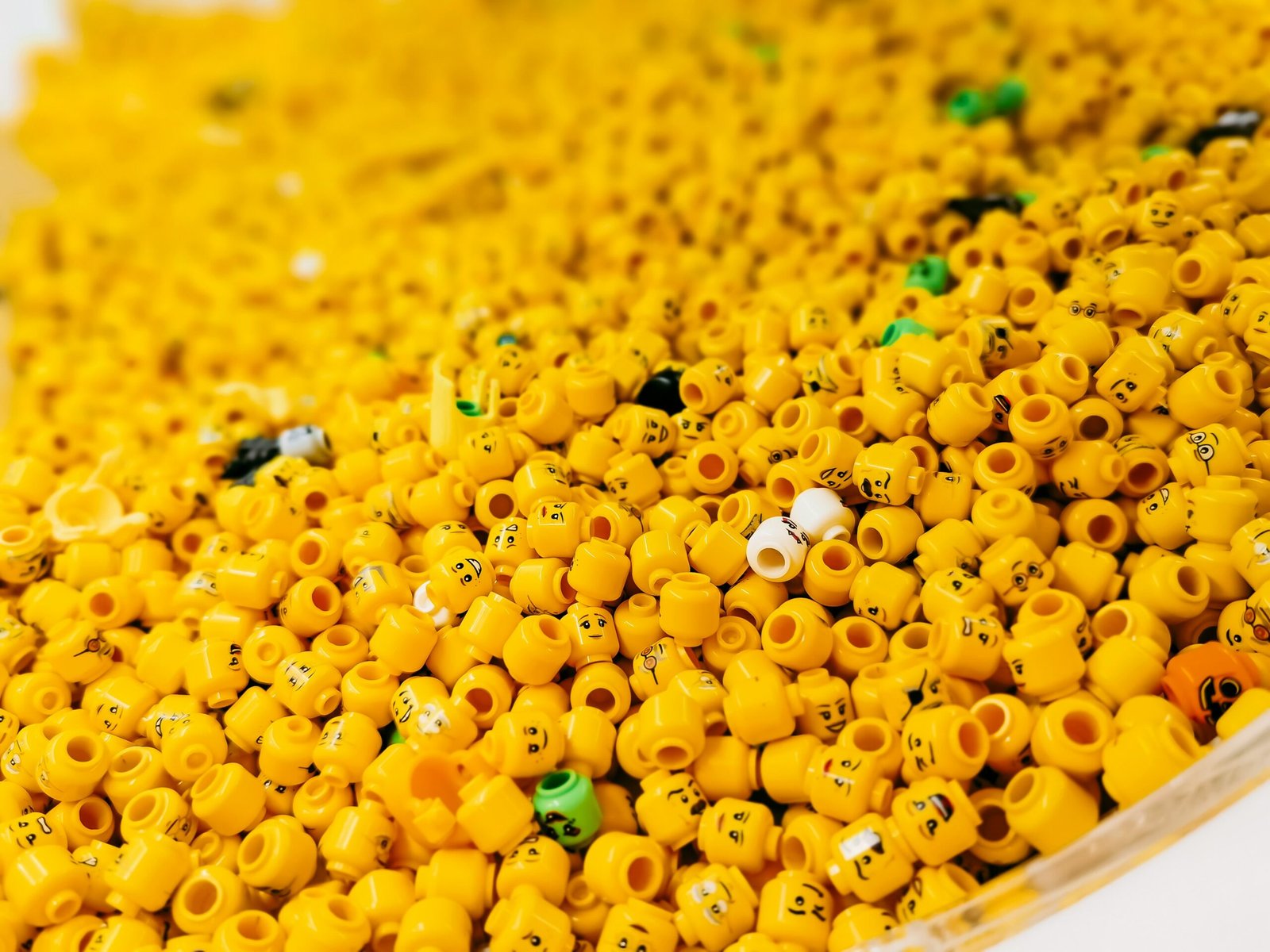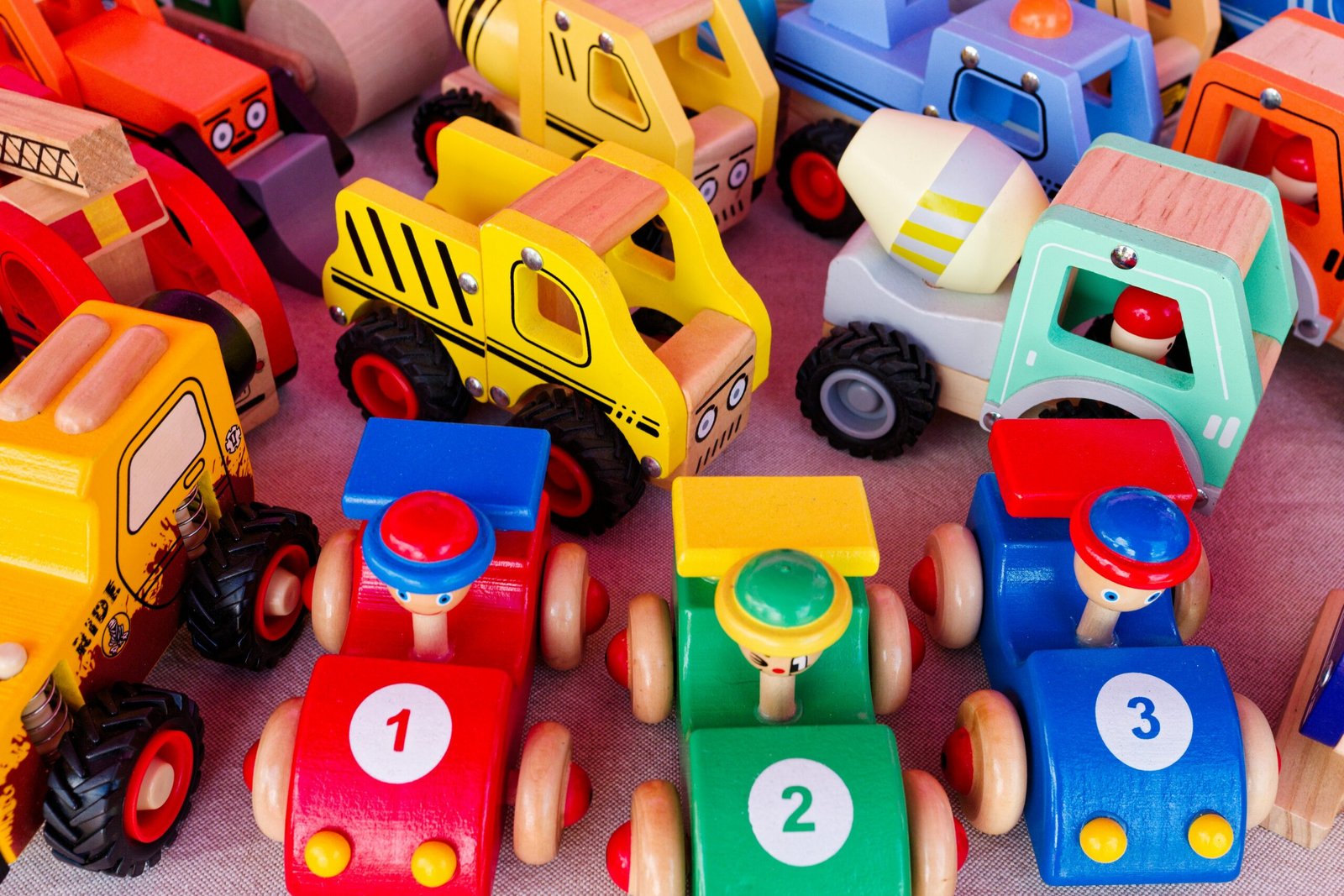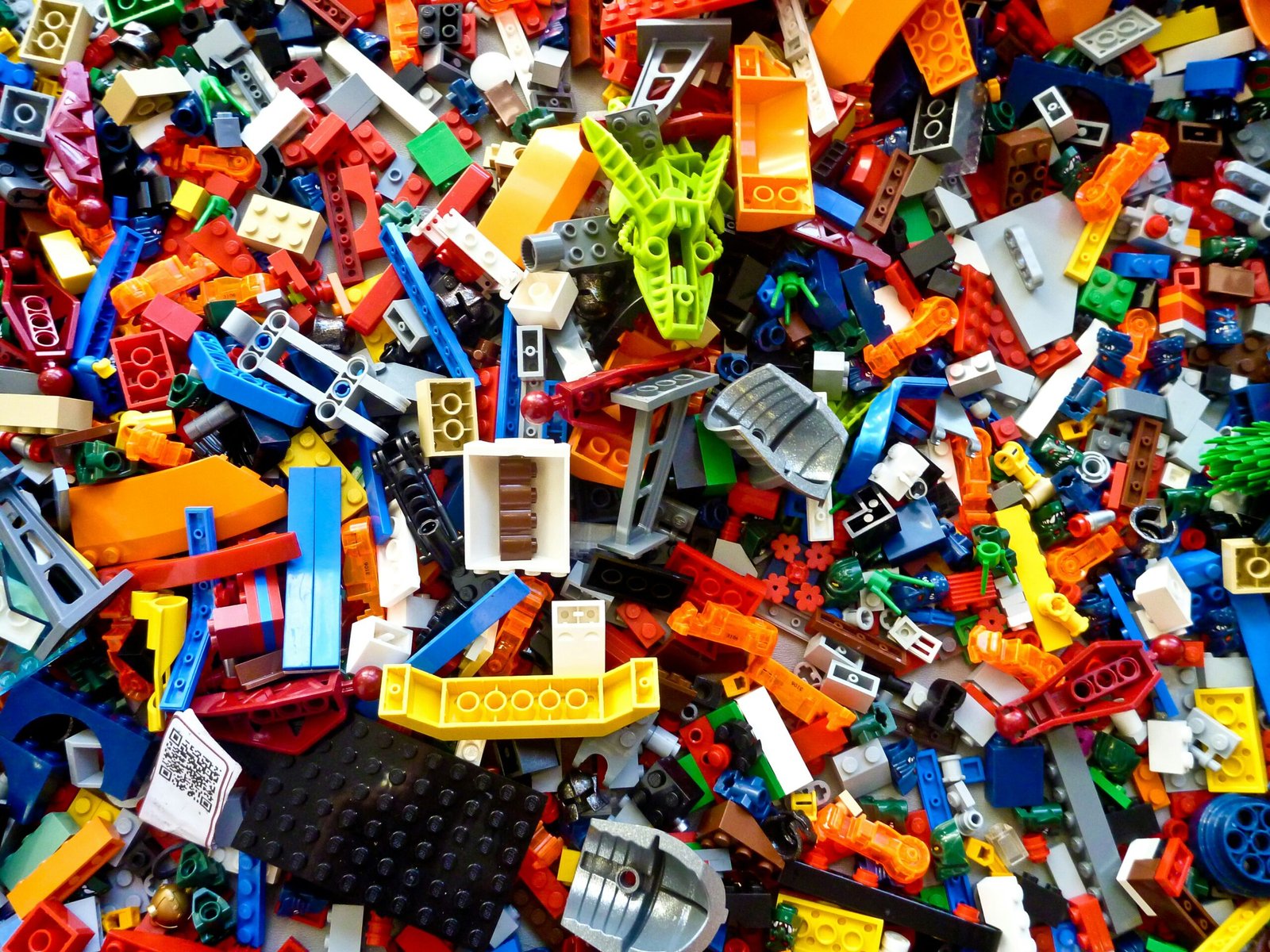Understanding Child Development Stages
To effectively choose age-appropriate toys for children, it is vital to have a fundamental understanding of the different stages of child development. Children progress through a series of developmental milestones that reflect their cognitive, physical, and emotional growth. Typically, these stages can be summarized as infancy (0-12 months), toddlerhood (1-3 years), preschool (3-5 years), early childhood (5-7 years), and middle childhood (7-12 years). Each of these phases entails distinct characteristics that influence play preferences and learning needs.
During infancy, children engage primarily through sensory exploration. Toys that offer different textures, sounds, and colors are essential for stimulating their developing senses, promoting fine motor skills, and facilitating cognitive connections. At this stage, safe rattles, soft blocks, and teething toys play a pivotal role in their development.
As children transition into toddlerhood, their growing curiosity leads to an increased desire for interactive play. Children in this age group benefit from toys that promote gross motor skills, such as push toys, balls, and climbing structures. This period also introduces parallels in emotional development, where choices become significant as toddlers assert independence through play.
Preschoolers, aged 3 to 5, enter a phase of imaginative play, whereby they experiment with different roles and scenarios. Toys fostering creativity, such as art supplies, dolls, and building sets, facilitate social interactions and cognitive challenges. Moving into early childhood, children build on their foundational skills through structured games and puzzles, which encourage problem-solving and critical thinking.
Finally, in middle childhood, aged 7 to 12 years, children start to engage in more complex social dynamics and collaborative play. Toys and games that promote teamwork, strategy, and physical challenge, like board games and sports equipment, are significant in this stage. Each of these developmental milestones highlights the importance of selecting appropriate toys that align with children’s evolving capabilities, ensuring they not only enjoy their playtime but also enhance their skill set in a safe environment.
Types of Toys and Their Educational Value
When selecting toys for children, it is crucial to consider how each type contributes to their educational development. Toys can be categorized into several groups, including active play, constructive play, imaginative play, and sensory toys. Each category offers distinctive advantages that foster learning and growth.
Active play toys, such as balls, bicycles, and climbing structures, promote physical development, enhancing gross motor skills and overall fitness. Through running, jumping, and climbing, children develop coordination, balance, and endurance. Engaging in active play also encourages social interaction, as children often play together, facilitating teamwork and communication skills.
Constructive play toys, including building blocks, shape sorters, and construction sets, are pivotal in honing problem-solving abilities. As children manipulate these toys, they learn about spatial relationships, balance, and cause and effect. Furthermore, constructive play nurtures creativity as children envision and create structures, fostering an innate sense of innovation.
Imaginative play toys such as dolls, action figures, and playsets allow children to engage in role-playing scenarios that enhance their cognitive and emotional development. These toys encourage storytelling and fantasy, promoting language skills as children express themselves verbally. Additionally, imaginative play helps children develop empathy by allowing them to adopt different perspectives and practice social situations.
Sensory toys, including textured balls, sensory bins, and bubble wrap, are essential for young children’s development. They stimulate the senses, helping children explore different textures, sounds, and colors. This type of play enhances fine motor skills and cognitive functioning, laying the groundwork for better learning outcomes.
In conclusion, selecting toys that align with a child’s developmental needs is vital. By understanding the educational value of active play, constructive play, imaginative play, and sensory toys, parents can make informed decisions that foster creativity, problem-solving, and social skills. Each type serves a purpose in a child’s growth, ensuring that playtime is not only enjoyable but also academically beneficial.
Safety Considerations in Toy Selection
When selecting toys for children, safety should be the paramount concern of any parent. It is crucial to pay attention to age recommendations that are commonly indicated on toy packaging. These recommendations provide essential guidance regarding the appropriate age range for a particular toy, ensuring that it aligns with the child’s developmental stage. Adhering to these guidelines helps in avoiding toys that may pose significant risks due to size or complexity.
One critical factor is the presence of small parts which can lead to choking hazards. Toys meant for younger children, particularly those under three years of age, must be free of small components. Always inspect for detachable pieces that could easily be swallowed or inhaled. Manufacturers often design toys specifically for various age groups to prevent such dangers, so prioritizing these considerations during the selection process is vital.
Moreover, the material from which toys are made plays a significant role in safety. Non-toxic materials are essential, as toys can be subjected to mouthing and biting by infants and toddlers. It is advisable to look for toys that are labeled as free from harmful chemicals and that comply with safety regulations. Certification marks from recognized organizations can provide assurance of a toy’s safety and quality, making it easier for parents to make informed choices.
Staying updated on toy recalls is another important aspect of safety. Parents should regularly check for any safety notices related to toys that they currently possess or are considering purchasing. Before using a toy, performing an inspection to ensure it is intact and free from wear or defects is recommended. By following these critical safety guidelines, parents can create a play environment that promotes engagement while prioritizing their children’s well-being.
Tips for Choosing the Right Toy at Different Ages
Selecting age-appropriate toys is essential for fostering a child’s development and ensuring they engage in safe and enriching play. Different stages of a child’s life come with unique developmental milestones, interests, and capabilities. Understanding these differences is vital when choosing toys, starting from newborns all the way to school-age children.
For newborns and infants (0-12 months), focus on toys that stimulate the senses. Look for soft, colorful items that create sounds or textures, such as rattles and cloth books. Safety is paramount; choose BPA-free and easy-to-clean materials to ensure the child’s health. These toys not only help in sensory development but also promote bonding between parent and child through interactive play.
As children transition to toddlers (1-3 years), their exploration skills expand. At this age, consider toys that encourage gross and fine motor skills. Building blocks, stacking toys, and simple puzzles are excellent choices. Encourage imaginative play with figurines or themed playsets. It’s wise to observe the child’s interests, selecting toys that align with their current fascination, whether that be animals, vehicles, or imaginative scenarios.
Preschool-aged children (3-5 years) benefit from toys that enhance cognitive skills and creativity. Look for age-appropriate board games, art supplies, and educational toys that challenge their critical thinking. Additionally, consider toys that promote social skills, such as group games or cooperative playsets.
As children reach school age (6-12 years), the focus can shift to more complex toys that advance their cognitive and physical abilities. STEM-related toys, crafts, and sports equipment can be very beneficial. It’s wise to rotate toys periodically to maintain enthusiasm and exploration, ensuring they continuously have new challenges. This not only keeps playtime engaging but also helps in maintaining a stimulating environment that cheers on their growth and learning.
By keeping these age-specific tips in mind, parents can select toys that are safe, educational, and aligned with their child’s interests, ultimately making playtime a productive learning experience.


